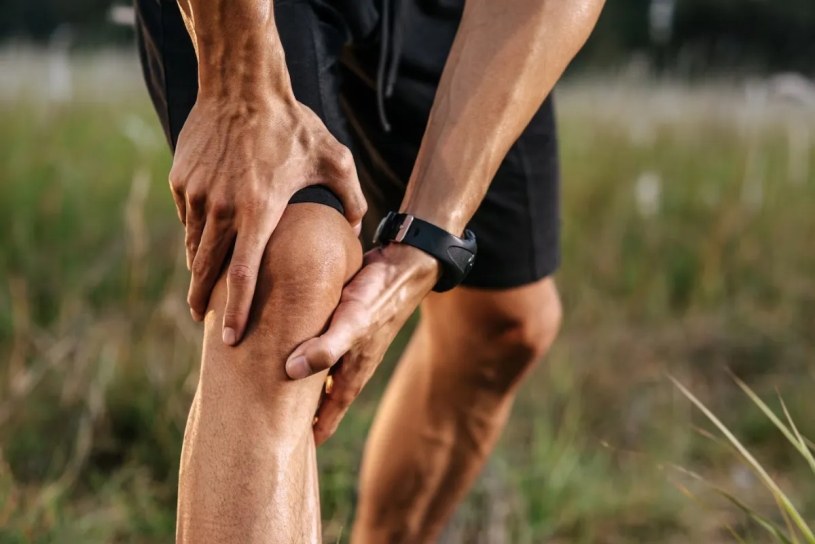Joint pain – that nagging, throbbing, stiffness that steals your joy of movement. We’ve all been there, wincing as knees creak, wrists protest, and hips grumble. But before you resign yourself to a life of gentle rocking, let’s delve into the world of joint woes and explore the options for feeling like your bouncy self again.
First things first, why does it hurt?
Imagine your joints as intricate hinges, cushioned by cartilage and lubricated by synovial fluid. When any of these key players falter, pain can emerge. The culprits are diverse, ranging from the wear-and-tear of osteoarthritis to the autoimmune attack of rheumatoid arthritis. Injuries, from a weekend warrior’s sprain to a dancer’s tendinitis, can also leave their mark. Even everyday factors like poor posture, excess weight, and repetitive strain can play a role.
Pinpointing the Pain Source
So, how do you figure out who’s throwing the punches in your joint party? Well, the location and the nature of the pain offer clues. For example, sharp, sudden pain after a fall likely points to an injury. Widespread stiffness and aching in the hands and feet might suggest rheumatoid arthritis. Burning pain in the big toe could be gout, a uric acid party wreaking havoc.
Doctors, Detectives, and Diagnosis
Don’t play the guessing game alone! Consulting a doctor is crucial. They’ll ask about your pain, examine your joints, and possibly order X-rays, blood tests, or MRI scans to reveal the underlying cause. Early diagnosis can mean quicker relief and better management.
The Toolbox of Joint Relief
Now, for the good news – there are options! The treatment plan will depend on the source of your pain, but here are some common weapons in the fight against joint discomfort:
- Supplements: Supplements like Joint Genesis can offer relief and even play a role in managing joint pain problems. But please consult your doctor before taking any supplement.
- Lifestyle changes: Losing weight, exercising regularly (low-impact like swimming or yoga is often best), and practicing good posture can significantly reduce pain and joint stress.
- Medications: Pain relievers like acetaminophen or NSAIDs can offer temporary relief. In some cases, stronger medications like corticosteroids or disease-modifying drugs might be needed.
- Physical therapy: Gentle exercises and stretches can improve flexibility, strengthen muscles around the joint, and ease pain.
- Alternative therapies: Acupuncture, massage, and heat/cold therapy can provide valuable relief for some people.
Remember, you’re not alone! Millions experience joint pain, and support groups, online communities, and even apps can offer valuable connection and advice.
Living a Life Unhindered by Joints
Joint pain doesn’t have to dictate your life. With a proactive approach, the right diagnosis, and a personalized treatment plan, you can reclaim your movement and rediscover the joy of daily activities. Remember:
- arly diagnosis is key.
- Listen to your body. Rest when needed, but don’t avoid movement altogether.
- Explore different treatment options. There’s no one-size-fits-all solution.
- Stay positive and engaged. A supportive network and a healthy dose of optimism can make a world of difference.
So, take a deep breath, stretch those joints, and face your pain head-on. With the right tools and attitude, you can win the battle and dance (or at least stroll) your way back to a life without aches.
